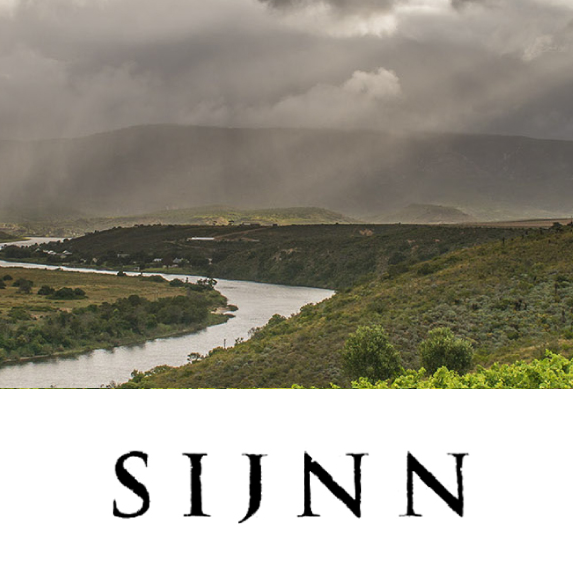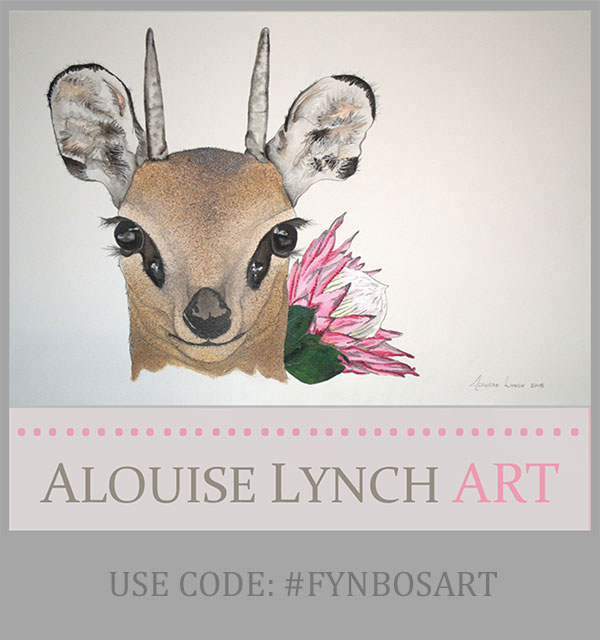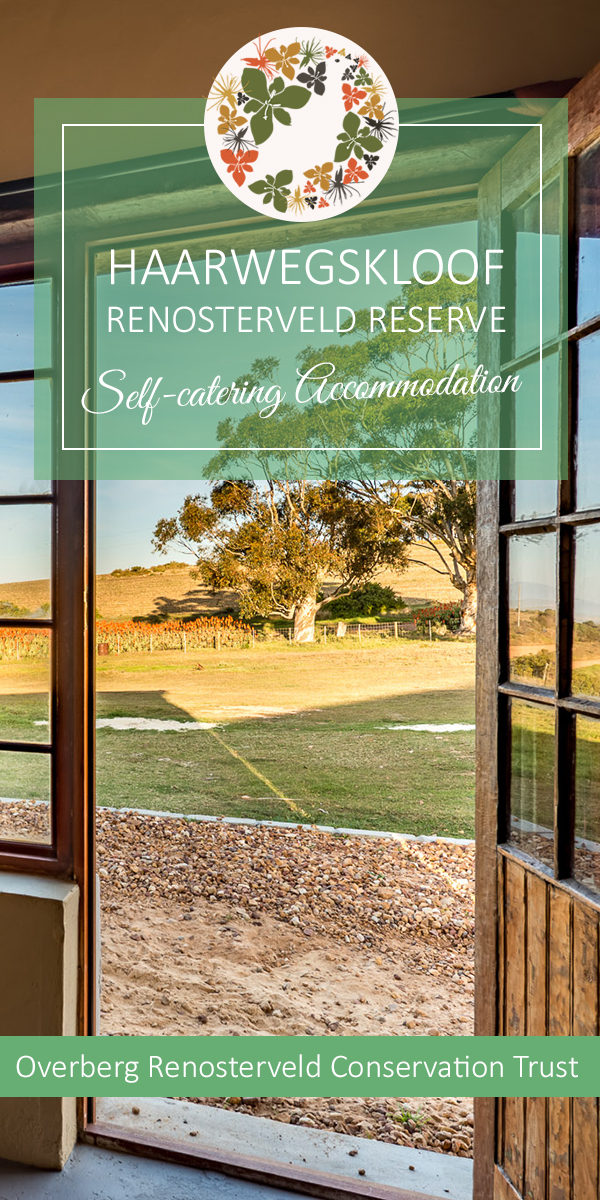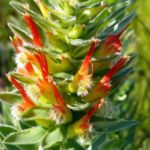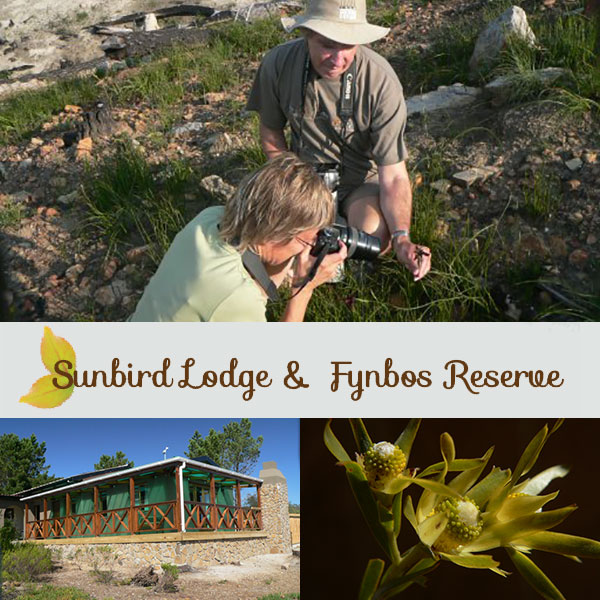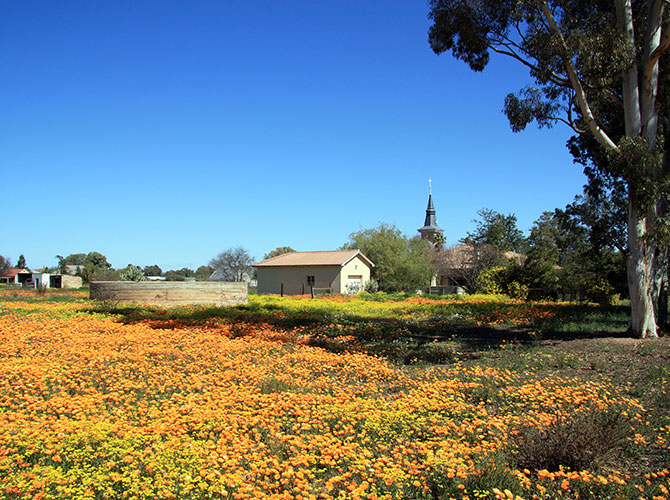
Nieuwoudtville: Bulb capital of the World
“I’m chilling in the tent…..in both senses”. Camping on Namaqualand’s Bokkeveld Plateau in August is not for the faint-hearted or those lacking in a strong constitution as we were soon to discover! At that time of year, it is COLD!
Snow on the nearby Hantamsberg is not uncommon in winter and spring and is known locally as ‘kapok’ meaning cotton in Afrikaans. We had decided to head up to Nieuwoudtville for a long weekend away to see the spectacular spring flower displays and the plethora of bulbs that grow on the surrounding plateau.
The small town of Nieuwoudtville sits high on the Bokkeveld Escarpment above the Knersvlatke which lie to the south below Vanrhyn’s Pass. The Knersvlakte is named after the sound of waggon wheels travelling through the vast plains of quartz pebbles which can be seen from the edge of the Bokkeveld Escarpment. The Bokkeveld was named by the early Dutch settlers as a result of the huge herd of game such as zebra, wildebeest and springbok that roamed the landscapes there.


Top: Lapierousia oreogena. Above: Nieuwoudtville Falls. Photos © Zoë Chapman Poulsen.
This mountain plateau is a highly popular destination for those making the annual pilgrimage to see the Namaqualand spring flower displays and rightly so. The fynbos, mountain renosterveld and mountain Karoo vegetation here support a total of 1,350 plant species, more than the entire flora of the UK. An incredible 80 of these plant species are endemic to the Bokkeveld Escarpment, therefore occurring nowhere else in the world. These endemics constitute a total of 6% of the Bokkeveld’s flora.
Feeling a little bug-eyed after our first bitterly cold night of camping, huddled like penguins in an attempt to stay warm, our first port of call the next morning was the extraordinary quiver tree forest which lies between Louriesfontein and Nieuwoudtville. This is the largest forest of quiver trees in the Southern Hemisphere.
Quiver trees are known more scientifically as Aloidendron dichotomum and are some of the largest members of the Aloe family, reaching as much as seven metres in height. They can live for as long as 80 years.
The branches used to be hollowed out by the San and used as quivers for their arrows. The large trunks of dead trees are also sometimes hollowed out and used as a natural refrigerator for storing vegetables and meat. The air passing through the fibrous tissue of the trunk has a cooling effect.

Above: Hesperantha vaginata. Photo © Zoë Chapman Poulsen.
One of the highlights of any visit to Nieuwoudtville and its surrounding area is the Nieuwoudtville Falls. Here the Doring River plunges 100m off the escarpment into the pools below, often with rainbows forming in the rising spray. It is a spectacular sight and one of my favourite places in Namaqualand.

Above: Sparaxis elegans. Photo © Zoë Chapman Poulsen.
Nieuwoudtville is also home to the newest of South Africa’s eleven National Botanic Gardens: the Hantam NBG. This amazing place was formerly the farm Glenlyon, owned by the McGregor family.
In 2007 it was sold to SANBI (South African National Biodiversity Institute) with assistance from the World Wildlife Fund, Conservation International and the Leslie Hill Succulent Karoo Trust. The veld here is recognised to be of international conservation importance and was used in the filming of Sir David Attenborough’s classic BBC series the ‘Private Life of Plants’ in 1991.


Top: Aloidendron dichotomum. Above: Babiana framesii. Photos © Zoë Chapman Poulsen.
We spent almost two days exploring Hantam and its maze of walking trails: there is much to see. August is the peak flowering season for the majority of the extraordinary diversity of geophytes that occur in this landscape. The area behind the main farmstead is gently undulating and dotted with dolerite koppies.
There were flowering bulbs are far as the eye could see, from the tiny purple triangular marked flowers of Lapeirousia oreogena to the tall monkey beetle-covered orange spikes of Bulbinella latifolia subsp. doleritica. Both of these are endemic to the Bokkeveld Escarpment. The latter is only known from seven populations due to habitat loss for agriculture and is listed as Vulnerable on the Red List of South African Plants.

Above: Bulbinella latifolia subsp. doleritica flowering in Hantam National Botanical Gardens. Photo © Zoë Chapman Poulsen.
Adjacent to Hantam National Botanical Gardens is the Nieuwoudtville Wildflower Reserve, which is an equally worthwhile destination for August visitors. This reserve is 119 ha in size and alone is home to a total of near 300 plant species. It was established in 1974 with the aim of conserving the extraordinary botanical diversity of the area as well as providing a place for visitors to see the spectacular wildflower displays during spring.
The reserve encompasses several different geologies and thus different habitats, including Nieuwoudtville Dolerite Renosterveld and Nieuwoudtville Shale Renosterveld. Despite a history of disturbance including heavy grazing, there is still an amazing diversity of beautiful bulbs to see including many of those endemic to the area.

Above: Nieuwoudtville night-life. Photo © Zoë Chapman Poulsen.
After taking in our fill of beautiful wildflowers, we meandered back to camp. There we were joined by friends doing fieldwork for pollination biology research. They were doing research on the somewhat pungent topic of orchids that attract pollinators using carrion odours. This involved various experiments involving digging up and burying roadkill in varying stages of decomposition. All in the name of science!

Above: Hesperantha cucullata flowering at Hantam National Botanical Gardens, Nieuwoudtville. Flowers of this bulb only open in the late afternoon. Photo © Zoë Chapman Poulsen.
We headed out of town together to the edge of the Bokkeveld Escarpment for sundowners to catch the last of the evening sun. The view was stunning. Few things beat the view of the sun setting over the Knersvlakte far below us with the Matsikamma Mountains far away in the distance. Then it was back for another chilly evening huddled around the campfire, braaing our dinner and early to bed.
It was with great reluctance that we meandered southwards back home to Cape Town the next day. Instead of the speedy and more direct N7, we decided to take the road less travelled and meandered on the back roads south via the Botterkloof Pass southwards through the Cederberg Mountains.
We eventually emerged a few hours later in the Cederberg dorp of Clanwilliam. Winter is peak citrus season here and so the car was stuffed with naartjies for the journey home. A perfect end to a great road trip.
Find me on Instagram
Plant Information
Connect on Social
Connect on Facebook, Twitter and Instagram
Taking Action
There are many environmental organisations based in Cape Town and beyond that require the services of volunteers to undertake their work. So if you have a little time to spare please get involved.

